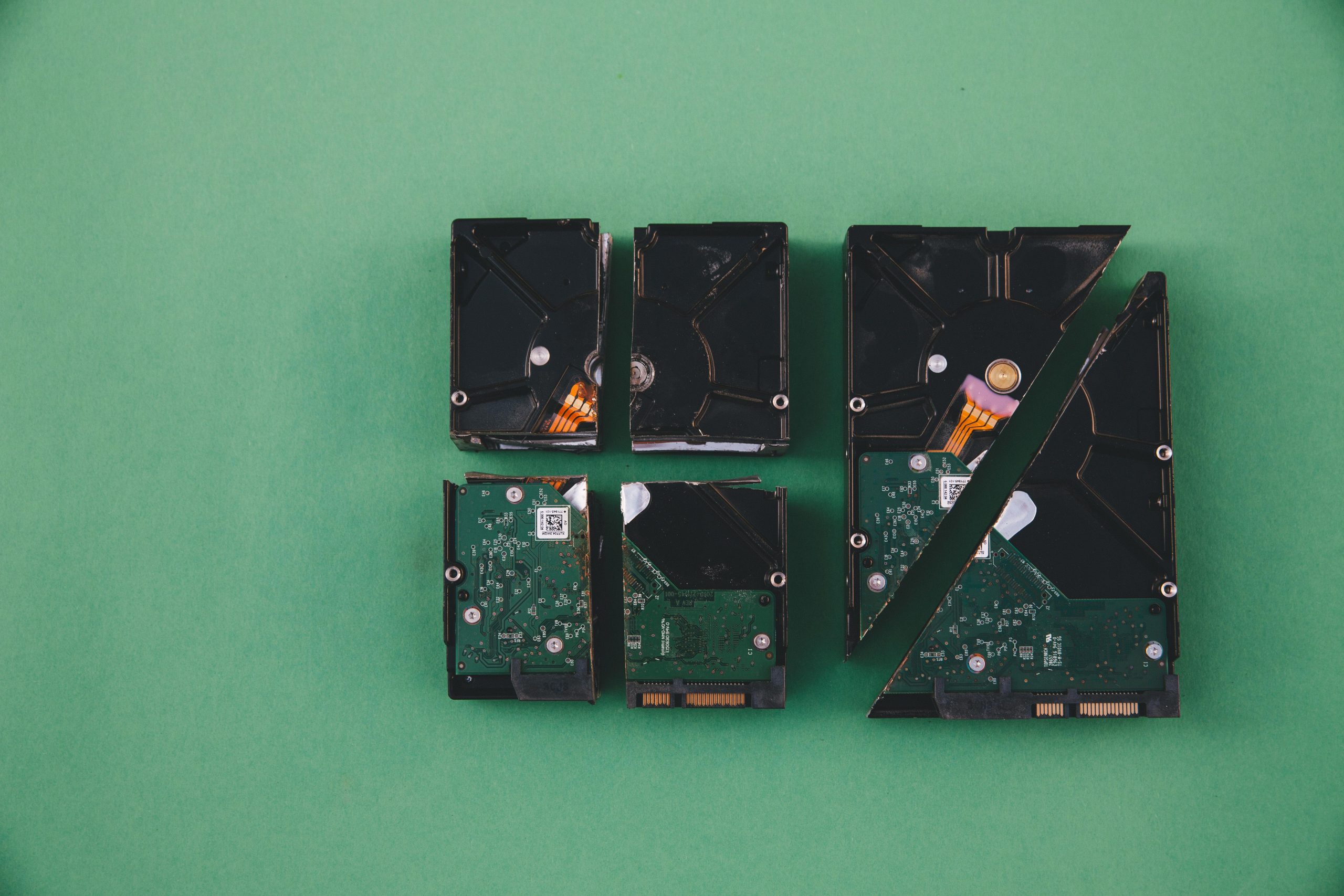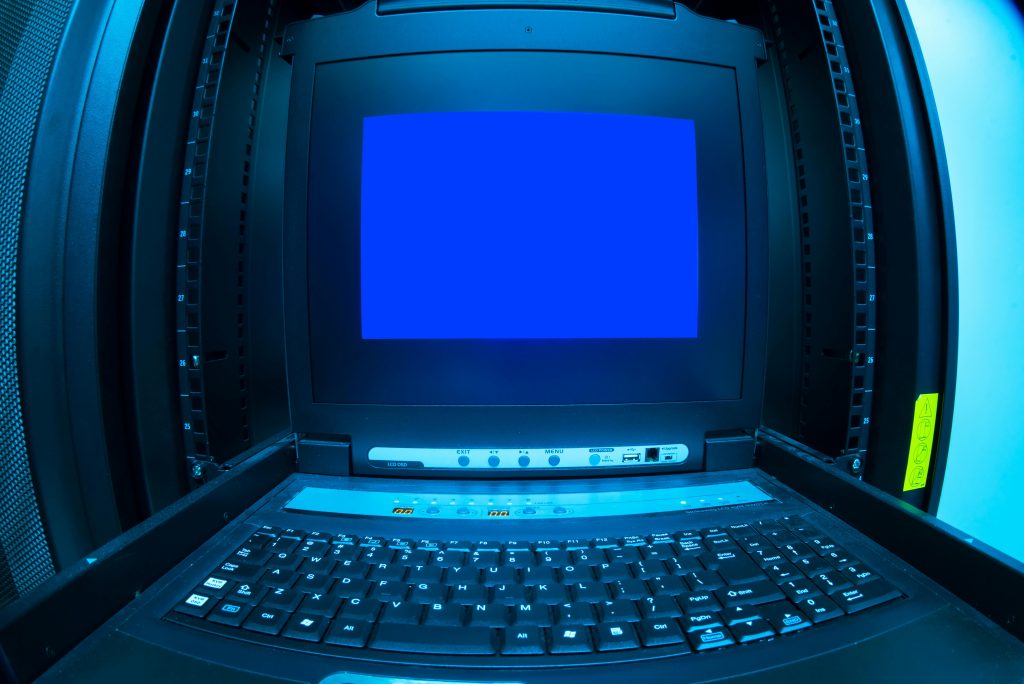Troubleshooting a Recognized but Invisible Hard Drive in a New PC Build
Transferring a hard drive between computers can sometimes lead to unexpected recognition issues, even when the drive appears to spin properly. If you’re facing a situation where your previously functional 1TB HDD is not detected in your new PC, despite confirming physical connections, this guide will help you systematically diagnose and resolve the problem.
Scenario Overview
A user recently upgraded to a new PC and attempted to transfer their 1TB hard drive from the old system. The drive is powered and spins correctly—evidenced by noise and vibration—yet it remains invisible to both the BIOS and Windows 11. Efforts to troubleshoot included testing multiple SATA cables and verifying power connections, all of which have so far been inconclusive.
Common Causes and Diagnostic Steps
- Physical Connections and Power Supply
- Even with confirmed SATA data and power cables, double-check that connections are secure.
-
Since the drive hums and spins, power seems adequate. However, testing the drive in an external enclosure or another machine can confirm the integrity of the drive itself.
-
Drive Recognition in BIOS
- Enter the BIOS/UEFI settings during system startup.
- Verify if the hard drive appears in the list of connected storage devices.
-
If it’s not listed, consider:
- Resetting BIOS settings to defaults.
- Ensuring SATA ports are enabled.
- Trying different SATA ports—sometimes, certain ports may be disabled or malfunctioning.
-
Drive Formatting and Partitioning
- The drive was previously formatted with Windows 10. If the partition layout was encrypted or configured with just a file system incompatible with the new setup, it might not be recognized normally.
-
Use a bootable diagnostic tool (like a Linux live USB or Windows PE environment) to see if the drive is accessible at a lower level.
-
Testing the Drive Externally
- Since you have an external drive enclosure, connect the drive externally to another working PC.
- If it’s recognized there, the issue may be with your new motherboard’s SATA configuration.
-
If not recognized externally, the drive could have issues that require further investigation, such as deactivation, corruption, or hardware failure.
-
Drive Health and Compatibility
- Confirm the drive isn’t experiencing hardware failures.
- Check for firmware updates for your motherboard, especially SATA Controller drivers
Share this content:



